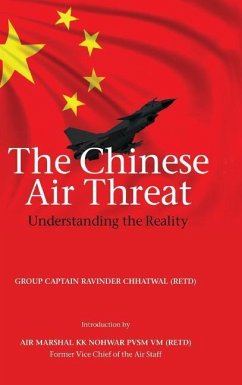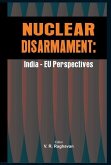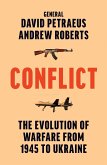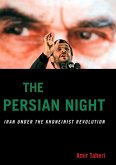The Chinese Air Force (also known as the People's Liberation Army Air Force - PLAAF) is the third largest air force in the world, with an inventory of almost 2,200 combat aircraft. Against this, the Indian Air Force has a strength of about 860 combat aircraft. Does this make the PLAAF a giant in front of the IAF? The PLAAF may be having an advantage in terms of numbers but mere numbers do not tell the full story. The Chinese Air Force cannot deploy all these aircraft against India. In a meticulously researched analysis, the author argues that PLAAF will have serious limitations in achieving air superiority against the IAF. The limitations of airfield infrastructure and terrain in Tibet severely restrict PLAAF's capabilities to carry out a sustained air campaign against India. Since the 1990s, the Chinese Air Force has been modernising at a rapid pace. The large numbers of obsolete Soviet era fighter aircraft is being replaced by increasing numbers of fourth generation fighters of the SU-27/SU-30/J-10/J-11 class, but the IAF continues to maintain its technological lead, with the SU-30MKI of the IAF being more advanced than the SU-30MKK of PLAAF. India must continue to maintain its technological lead in the coming years. Another advantage the IAF has is in its superior training, but the Chinese are catching up in this field, with greater exposure to international exercises. The main advantage that the PLA has is in its second artillery's conventional capability. The author discusses the second artillery's capabilities and says that China's ballistic and cruise missiles will be a major threat to India, but they cannot incapacitate us. To counter the Chinese missile threat, India must develop similar capabilities with its Agni, Brahmos and Nirbhay missiles. The IAF needs to develop its capabilities in critical areas and exploit PLAAF's limitations, because unlike in 1962, this time, the contest is going to be in the air.
Bitte wählen Sie Ihr Anliegen aus.
Rechnungen
Retourenschein anfordern
Bestellstatus
Storno






